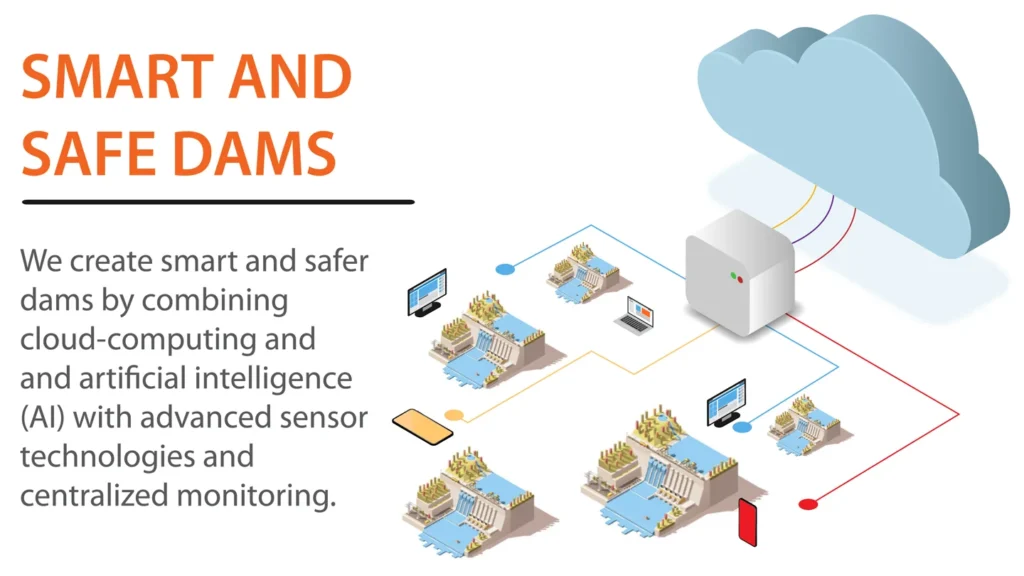When disaster strikes, we are all at risk! But the unprepared ones get hit the hardest.
The Edenville Dam collapsed and the Sanford Dam was breached in Midland, Michigan on last Tuesday (May 19) after days of heavy rain. In the midst of the Coronavirus pandemic, residents were ordered to evacuate because of rising waters. The collapsed Edenville Dam, built-in 1924, was rated in unsatisfactory condition while the Sanford Dam, which was built in 1925, was given a fair condition rating by the state.
Are other dams safe in the US?
On average, the nation’s dams are over 50 years old. At least 1,680 dams across the U.S. are currently rated in poor or unsatisfactory condition. These all pose potential risk according to this Associated Press article. Without urgent action, aging dams may not be able to adequately handle the intense rainfall and floods of a changing climate, as happened in the case of the Michigan dams. They may fail to protect people and property in cities and towns located nearby and downstream.
Introducing SMART DAMS
QUAKELOGIC is the only company using a cloud-based, AI-powered technology platform to perform continuous, autonomous structural assessments using data from sensors on the dam structure.
Deploying the QuakeLogic’s SENSOR DATA MANAGEMENT, ASSESSMENT, AND REPOSITORY TECHNOLOGY (SMART) on dams would significantly reduce needed search and inspection efforts in future events.
The SMART integrates manually and digitally read sensor recordings into a fully-automated unified monitoring system. It facilitates the acquisition and analysis of critical sensor data needed by the dam operators for proper operations and maintenance, and most importantly for the safety assessment of the dam.
The SMART helps to collect, organize, and evaluates sensor data routinely, sends immediate notifications upon exceedance of thresholds, and generate PDF reports regularly and on-demand.

The SMART is a cutting-edge system works with various types of sensors such as accelerometers, tiltmeters, potentiometers, strain gauges, thermocouples, weather stations, piezometers and seepage monitors. Comprehensive analytic information is visible in real-time on the mobile-friendly dashboard, providing proof and peace of mind that a dam is performing as expected.
In addition to SMART, our proprietary earthquake early warning (EEW) alerts provide a window of opportunity for action before earthquake shaking begins at the site. It can also trigger automated actions such as opening spillways, closing roads, etc. when every second counts.
Easy-to-understand, engineering-quality information about the real-time health of the dam supports operators to make informed decisions. Whether planning maintenance activities, or prioritizing critical response actions, QUAKELOGIC has you covered.

“Dams are vital in all communities. As we move toward recovery from COVID-19, it’s important to support the resiliency of dams by realtime monitoring and ensure that the dam owners have the support, tools, and resources to outsmart disasters.”



